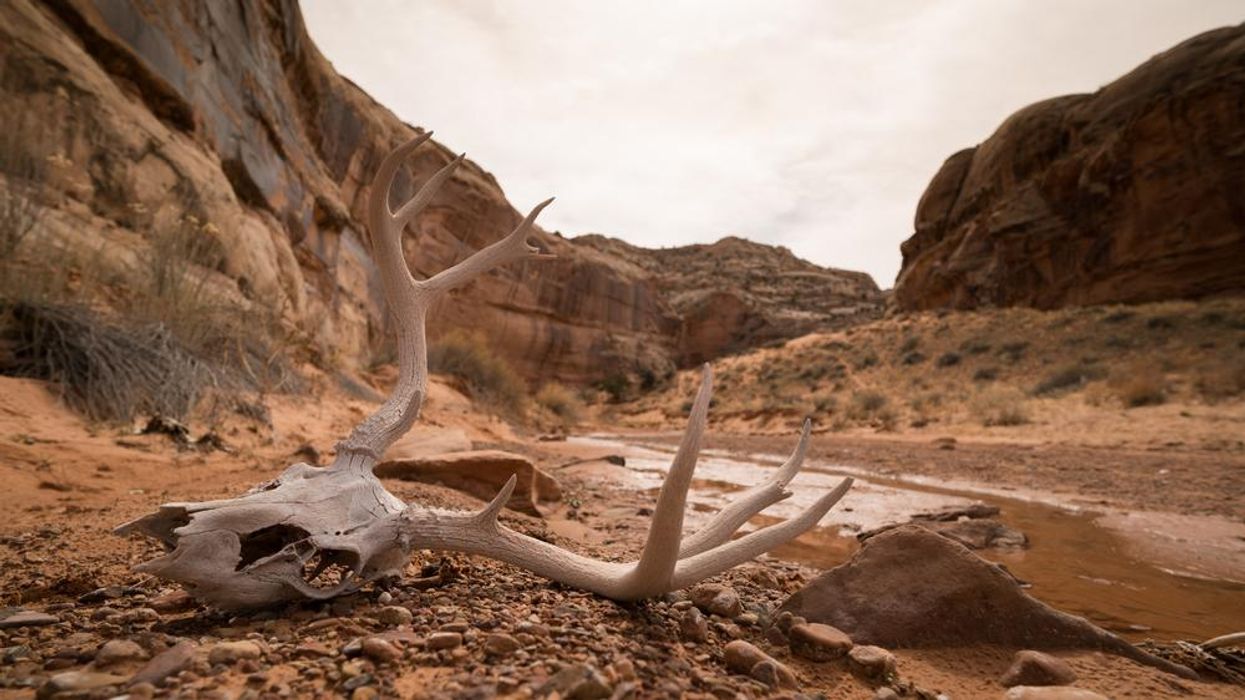As global emissions continue to rise, a study has revealed what will happen to land animals if extreme heat becomes the new normal.
According to a paper published in Nature, if the world sees temperatures increase by 4.4C by the end of the century, 40 percent of land vertebrates will be in danger.
In already warm climates such as desserts in the United States, Middle East, and Africa, 100 percent of wildlife will be at risk. While such areas may not become immediately uninhabitable, species will have a higher chance of going extinct.
Based on levels of greenhouse gas emissions and species' proximity to high risk areas, researchers mapped the possible effects of temperature increases on over 33,000 species of land vertebrates. By analyzing average temperatures since 1950, the study predicted how heat could increase by 2099.
The 4.4C increase is the worst-case scenario, but scientists say that it is becoming more likely with each passing day.
“A couple of studies have shown recent climate warming trends match the 4.4C scenario much better than the other scenarios,” lead author of the study Gopal Murali, told The Guardian. “We wanted to highlight the disastrous consequences for wildlife if we end up with a high, unmitigated emission scenario.”
Amphibians and reptiles are the most vulnerable to extreme heat, yet 55 percent and 51 percent are expected to experience it in this scenario. Of birds, 26 percent would be impacted, as well as 31 percent of mammals.
If temperatures increase by 3.6C instead, 29 percent of vertebrates would be impacted. If emissions are limited to 1.8C, the risk falls to 6 percent.
The Paris Climate Accords set a global goal in 2015 to limit greenhouse gas emissions and keep temperatures from rising past a 1.5C by the end of the century. Experts have since said the world is "nowhere near" that goal, with emissions expected to increase by 10.6 percent from 2010 t0 2030.
Rising temperatures caused by increasing emissions have already been attributed as a key factor in major natural disasters, including summer heat waves in 2022 followed by intense winter storms.
“Heatwaves have become frequent. We see them every summer, with new records set all the time, and they have drastic impacts on wildlife," Murali added. "They can wipe out entire ecosystems overnight. But no large-scale studies have looked at how such extreme temperature events are going to affect biodiversity in the future.”
Over 5 million people die from extreme temperatures every year. Uri Roll from Ben-Gurion University of the Negev expects the death toll to continue rising.
“If we follow the current trends, the future is bleak,” Roll said. “Ultimately, this will greatly affect many species – and this is just one facet of the many changes that are expected."


















































